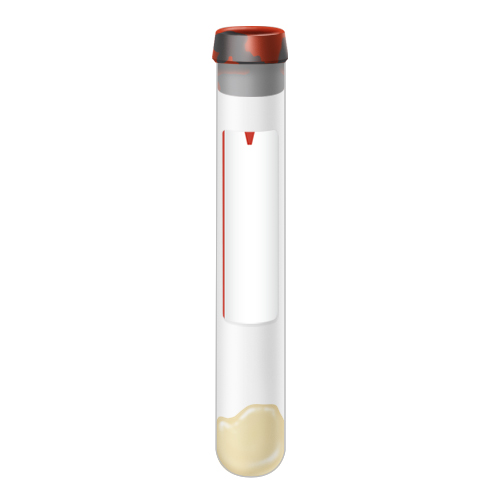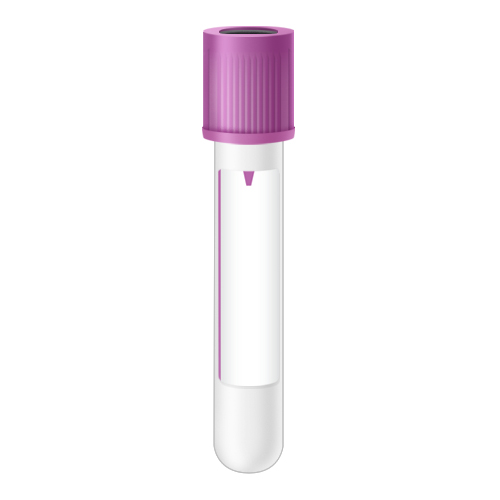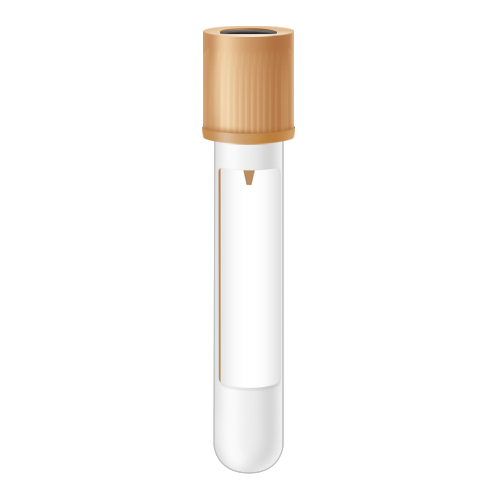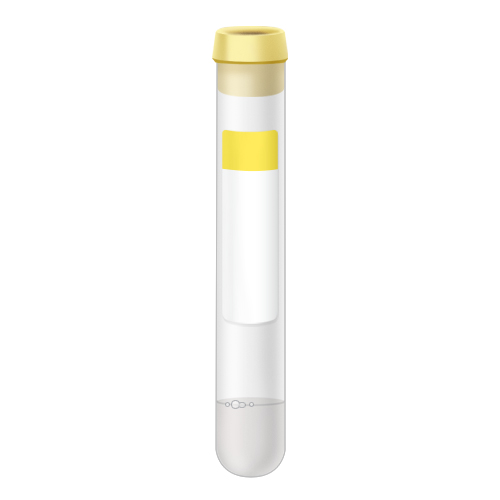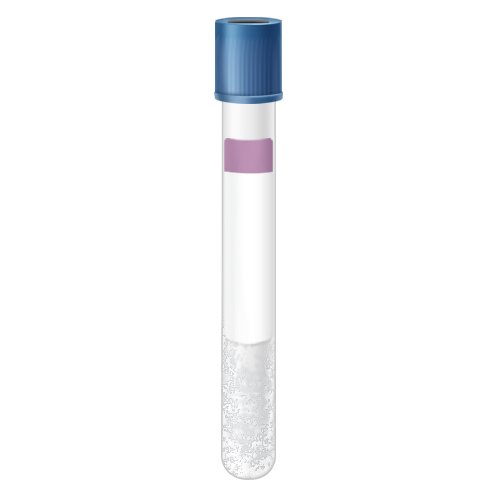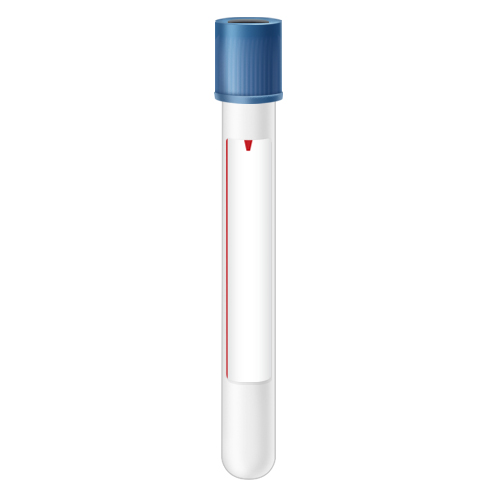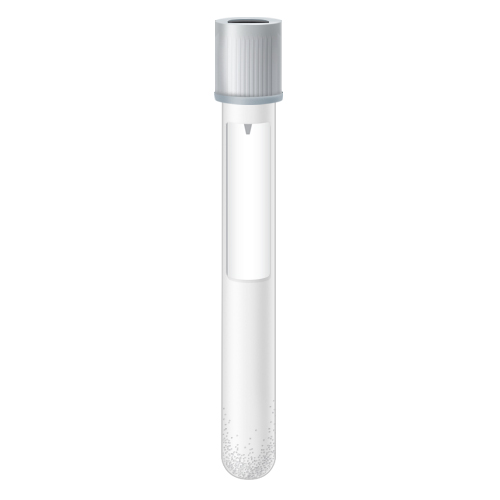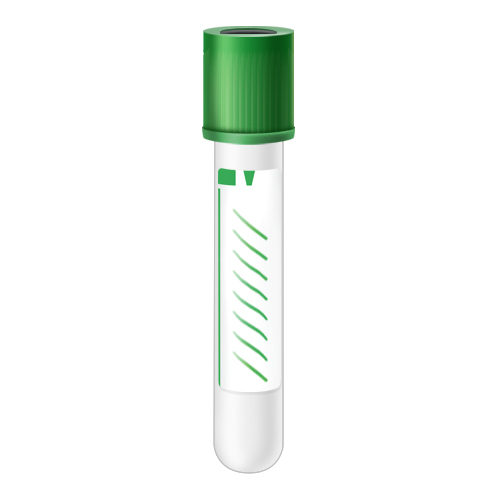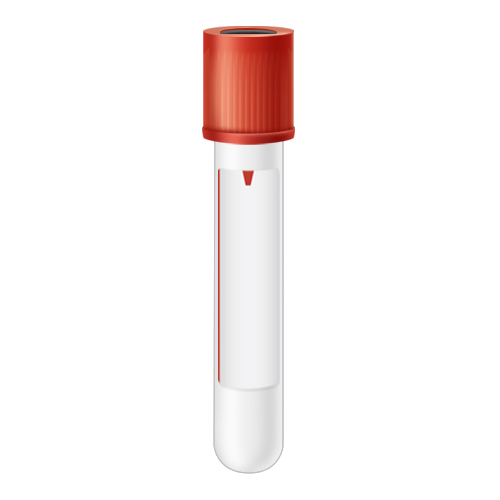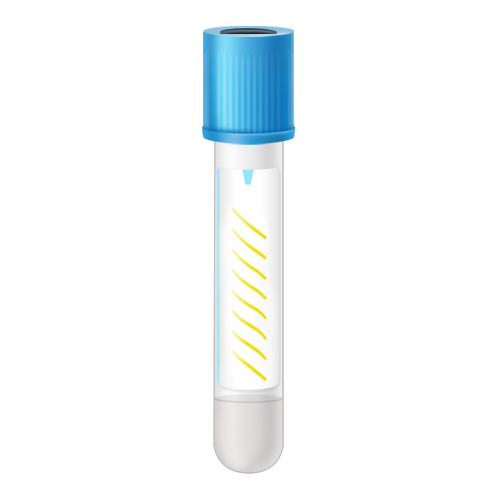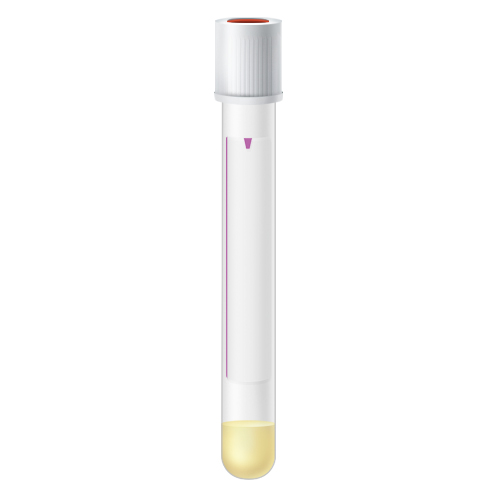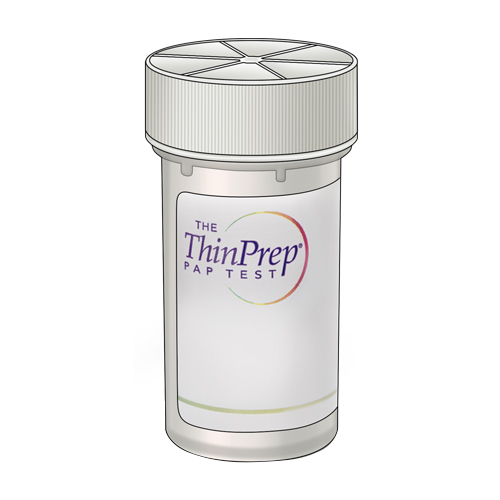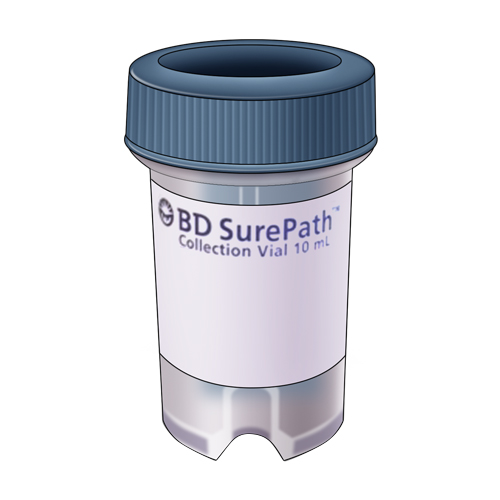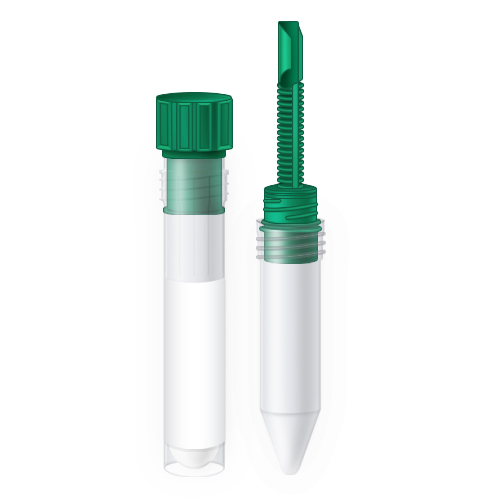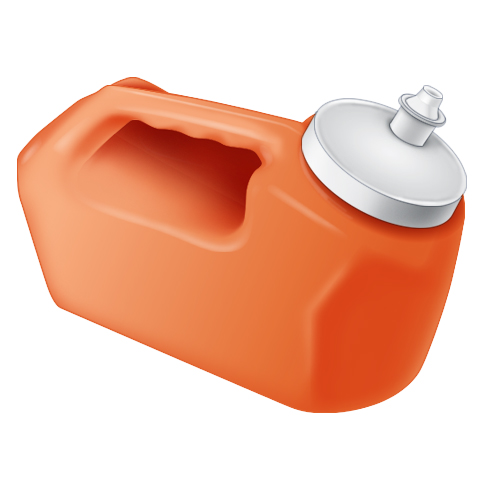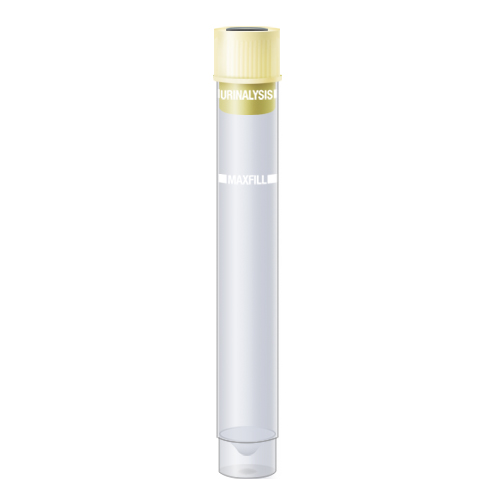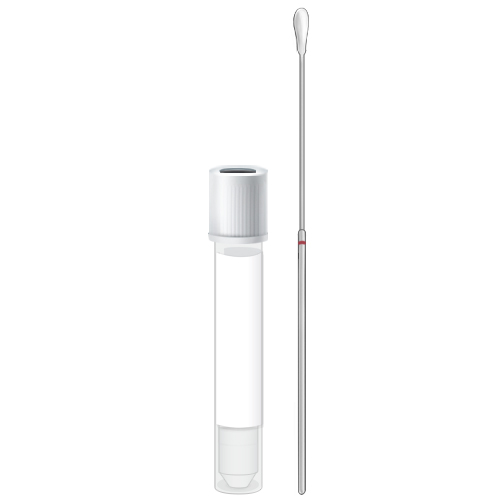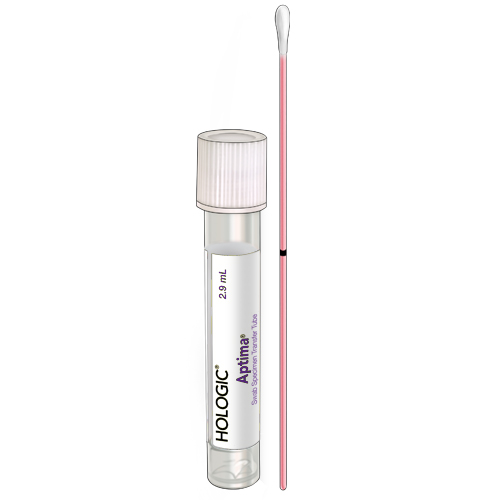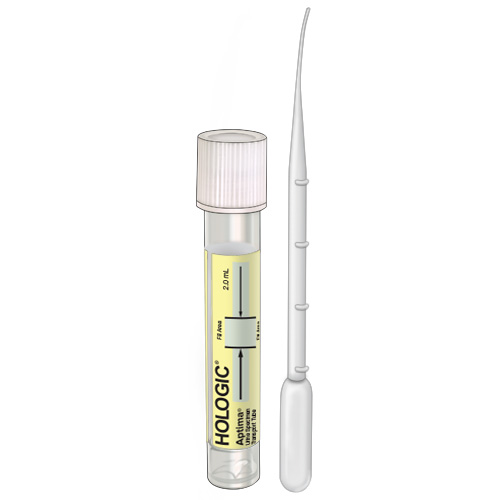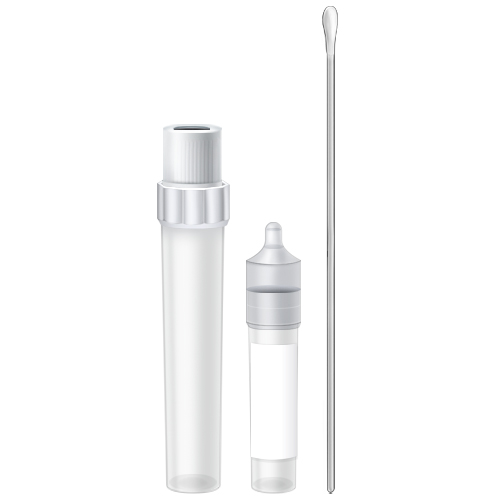Wall Street Journal
BioReference Labs shut down temporarily in July in a controversial move that helped it win new business and prepare for the coming flu season
Technicians processed incoming Covid-19 tests at BioReference Laboratories in Elmwood Park, N.J.
ELMWOOD PARK, N.J.—In early July, as coronavirus surged across the U.S., one of the nation’s biggest laboratories involved in testing for Covid-19 made a wrenching decision: It would stop accepting new tests for the disease.
The testing facilities of BioReference Laboratories Inc. were overwhelmed, leading to a crippling backlog of thousands of patient samples. To catch up, the New Jersey-based company decided to halt new tests for several days.
“Our backlog was so significant,” said BioReference Executive Chairman Jon Cohen. The plan worked, he says, even though he says his company “took a lot of heat for the pause.” Afterward, average turnaround time for tests at BioReference fell to about two to three days from roughly a week, Mr. Cohen says.
That improved performance, and increasing testing capacity, allowed BioReference to expand its testing services to the National Basketball Association, the National Football League and Major League Soccer, as well as pharmacies such as CVS Health Corp.
Not every lab company felt it could make that trade-off, as an avalanche of test samples poured into labs in late June and July. The two biggest Covid-19 testing laboratories in the U.S., Quest Diagnostics and Laboratory Corp. of America Holdings, kept taking in tests despite increasing backlogs that pushed turnaround times for results to a week or more as cases ballooned after dozens of states opened their economies.
BioReference’s move to stop taking in new tests—and its rivals’ decision to keep accepting them—highlights a confounding dilemma the nation’s biggest labs faced this summer as millions of Americans got sick, overwhelming testing capacity. While Quest and LabCorp raced to expand, they were unable to keep up with what became a tidal wave of tests flooding their facilities across the country.
The campus at BioReference Laboratories in Elmwood Park, N.J.
It is a dilemma labs could face again in the fall and winter if another wave of coronavirus hits the U.S., experts say.
Quest and LabCorp were processing more than 200,000 tests a day in early July, about one-third of all tests across the U.S., according to the Covid Tracking Project. BioReference was doing about 40,000 tests. Much of the rest was done at the local level, either with a quicker, point-of-care test that can run in urgent-care clinics, doctor’s offices and nursing homes or through a highly complex laboratory in a nearby location.
LabCorp weighed pausing but instead focused on expanding capacity “as fast as possible,” according to Brian Caveney, president of the company’s diagnostics division. Quest also didn’t pause.
“If a customer comes to you and has a patient who needs testing, and is a patient in need, we’ll provide the test,” said Quest spokeswoman Wendy Bost. “Where else are they going to go?”
By August, Quest and LabCorp said they had worked through their backlogs, reducing average turnaround times to a day or two.
While the expansion of testing for Covid-19 in the U.S. has been by many accounts remarkable achievement, it hasn’t been enough to track and contain the virus. Labs have competed for limited supplies of plastics and chemicals used to run tests, struggled to understand how federal supplies were allocated and scrambled to come up with workarounds.
BioReference Executive Chairman Jon Cohen, left, and President Geoff Monk during a board meeting on Aug. 19.
The nation’s Covid-19 testing effort began to ramp up in early March. Mr. Cohen and several other commercial-lab executives met with Trump administration officials, including Vice President Mike Pence, head of the White House coronavirus task force, on March 4 to discuss the goals of testing.
The first major trial of America’s national testing infrastructure came in New York City as the pandemic surged across the Northeast in the spring.
Like other labs, BioReference had to build its Covid-19 testing program from scratch. Early on, it decided to use multiple testing platforms to hedge against supply-chain bottlenecks. If one platform was missing an important ingredient, the company would be able to continue testing on its remaining platforms—as long as they didn’t encounter supply shortages as well.
BioReference committed to test workers at nursing homes throughout New York state. By late spring, the company had conducted about a quarter of a million tests in New York’s nursing homes.
But dedicating resources to nursing homes pushed delays for other customers to seven days, said Mr. Cohen, a former Quest executive. He said that was “the darkest period” for his firm as clients ranging from states to hospitals complained about the mounting backlog.
At the company’s Elmwood Park headquarters, Mr. Cohen and the company’s senior staff would gather to assess the day-to-day situation. Many days they would expect to process 35,000 or 40,000 tests and, learning about problems at its labs, would realize capacity was halved or worse, Mr. Cohen said.
“How are we going to get past this?” they worried, according to Mr. Cohen.
By early July, the company was getting thousands more tests a day than it could handle. That was when it decided to pause taking in new tests and work through its backlog. Since then, turnaround times at the company have been about two to three days, and the company has capacity of about 50,000 to 60,0000 tests a day, Mr. Cohen said.
BioReference, meanwhile, is ramping up testing for school employees in New York City at its Elmwood Park facility. In anticipation of the coming flu season and other needs, it is looking to hire about 200 more employees.
Technicians working at BioReference Laboratories in Elmwood Park, N.J.
Every Wednesday, Dr. Cohen and his senior management team huddle around a conference table—masks on—at BioReference’s Elmwood Park campus. As part of their only in-person weekly gathering, they spend a good chunk of time studying an array of colored bar charts that represent the productivity of each test-processing machine at five of its labs across the country.
The machines’ efficiency requires close examination, said Geoff Monk, the company’s president and head of operations, mainly because “they were never meant to run 24-7.” Sometimes they break down, he said. Occasionally, they get clogged with mucus and need to be taken offline.
With tens of thousands of tests coming in each day, Dr. Cohen’s team also needs to manage a host of other variables, including sample shipment schedules, supplies of the chemical reagents needed to process tests, staffing timetables and hiring. Since the beginning of the pandemic, the company has doubled its head count, bringing in about 3,000 new workers.
On a recent day in August inside one of BioReference’s processing centers in New Jersey, technicians were busy processing test samples at workstations spaced about 6 feet apart.
Young people in lab coats wheeled carts filled with test samples across the vast white work floor. Hiring has been a challenge lately. Many of the company’s newest employees are college students, most of whom have been returning to their studies in recent weeks.
“You’d think, this is a pandemic and so many people are out of work, but hiring is not easy,” Dr. Cohen said.
The company said it is prepared for a potential surge in new demand.
“We spend a lot of time now deciding what our capacity is, and we only now take on additional work if we are convinced we can handle the work,” Mr. Cohen said.
Click here for original post on Wall Street Journal

